Food waste is a massive contributor to greenhouse gas emissions and climate change. It also wastes your money! Here are some simple tricks and hacks that will help you to reduce your food waste and your carbon footprint while saving yourself a bit of cash.
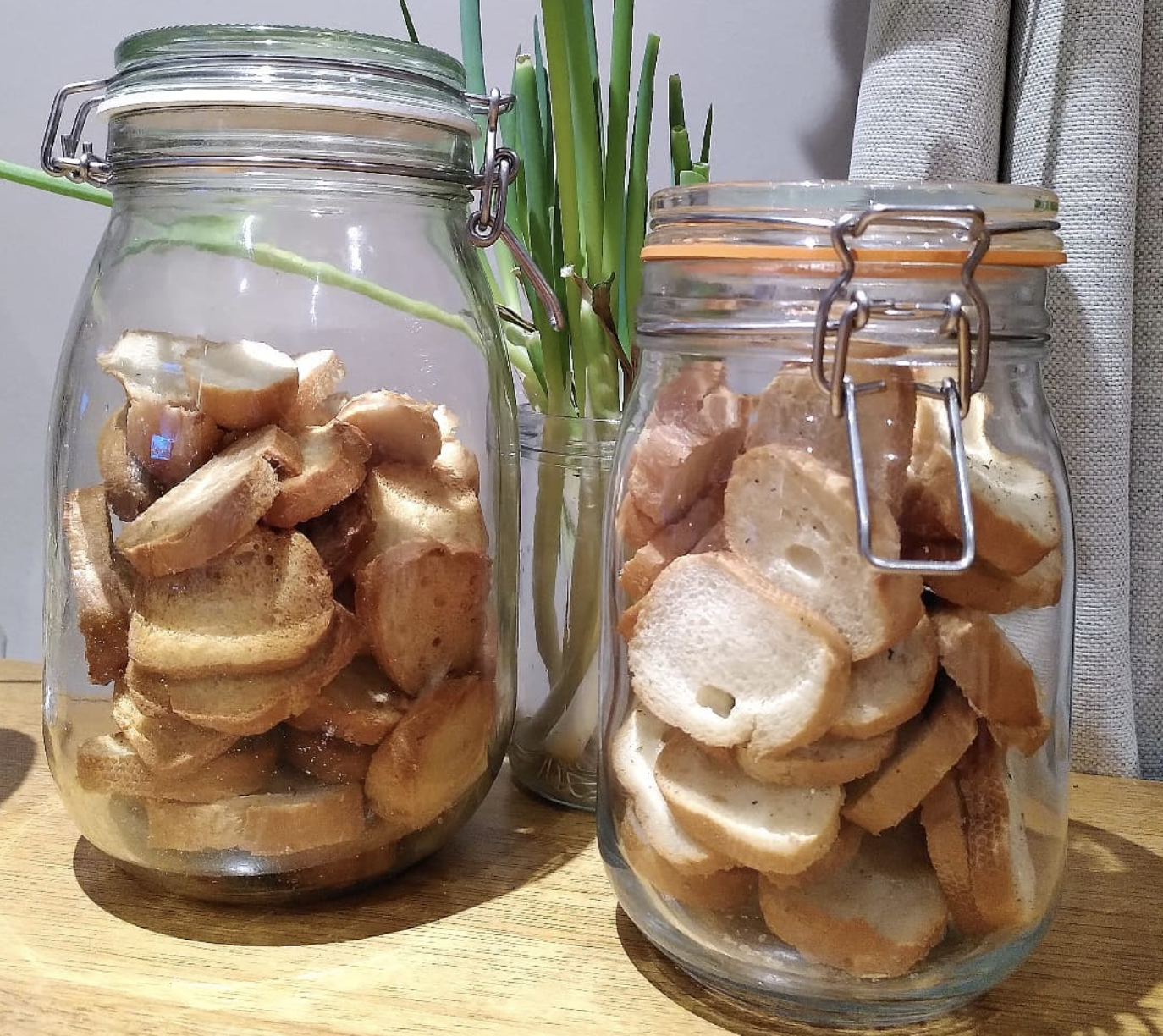
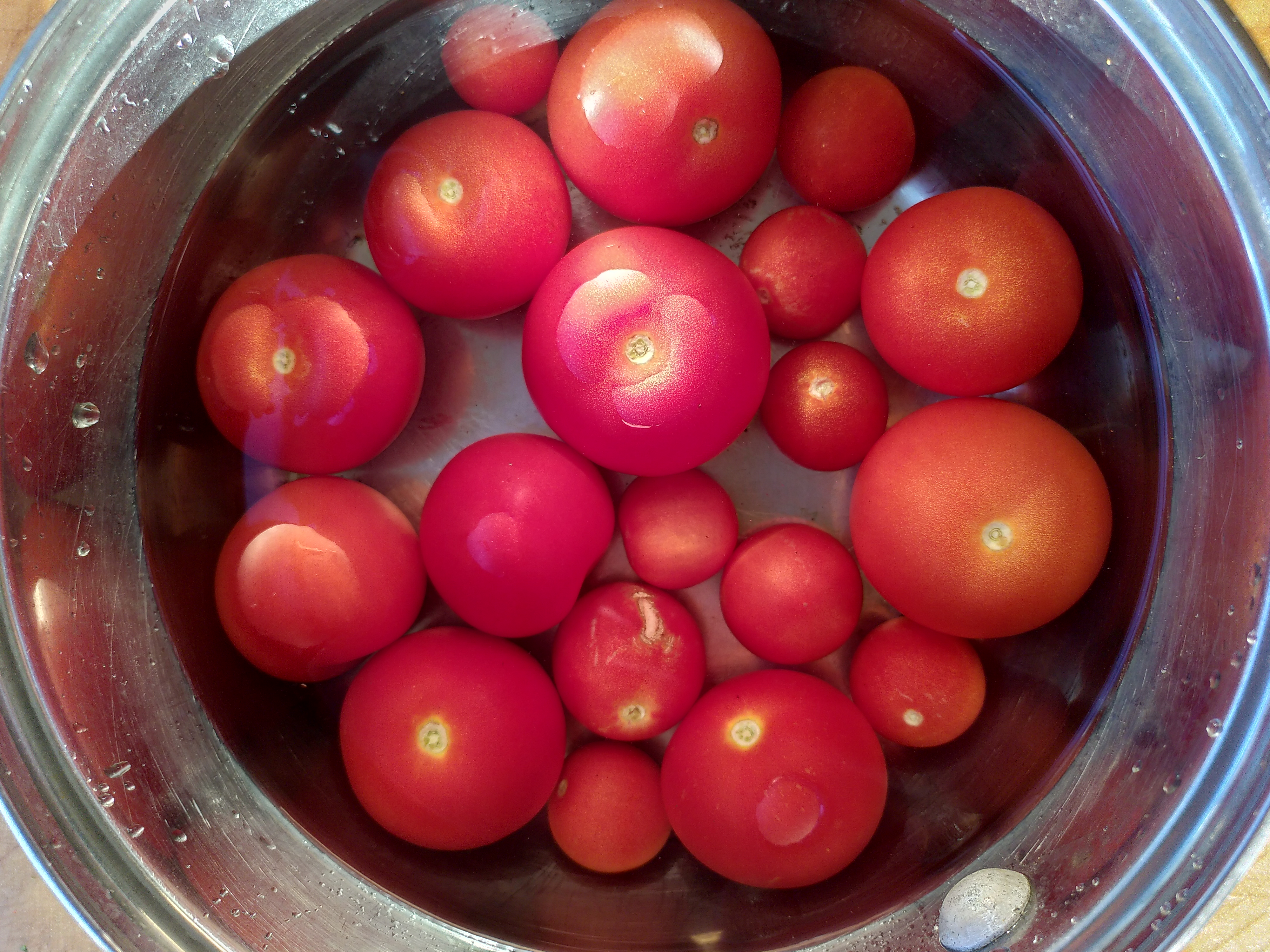
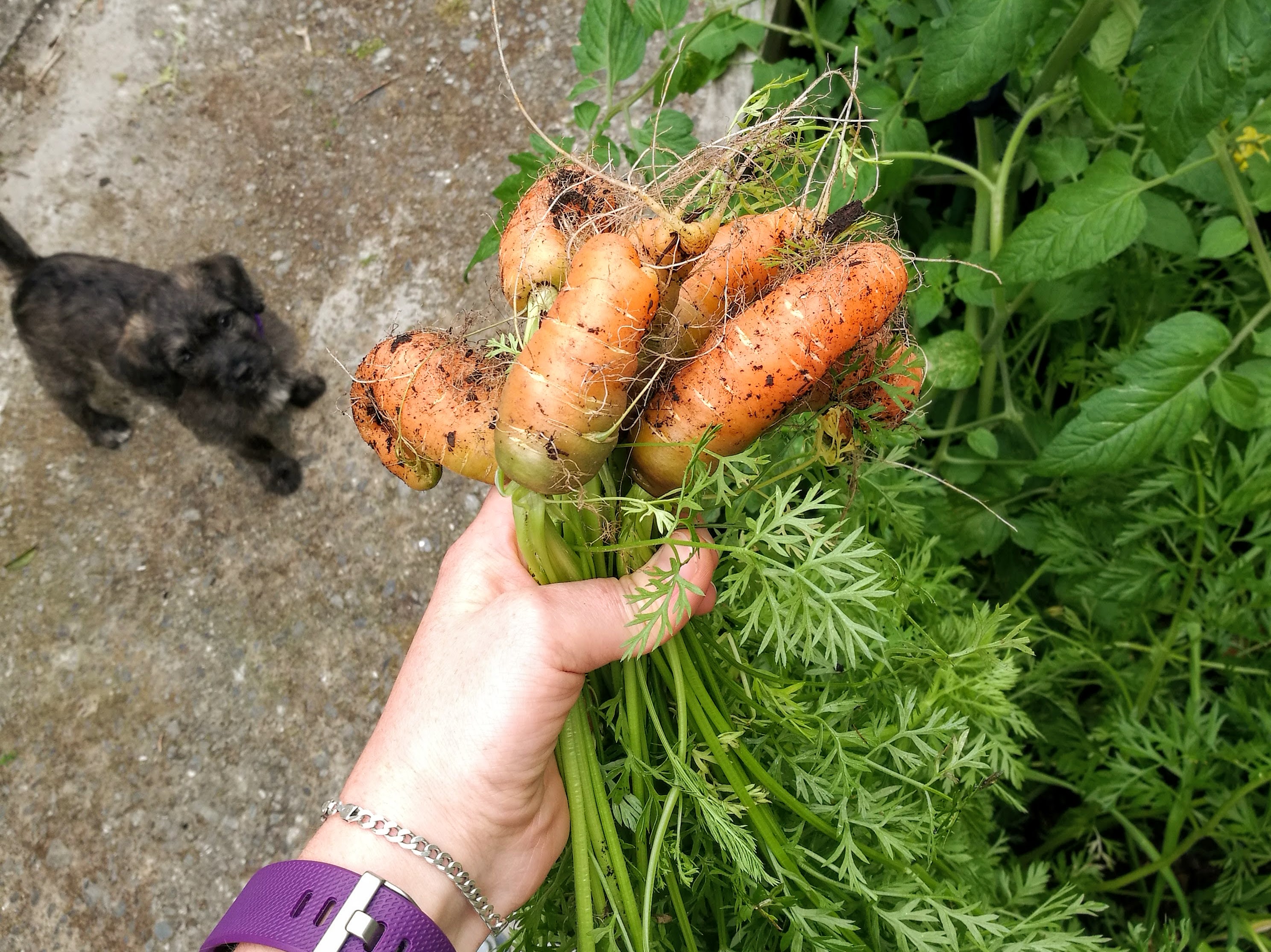
Use By Dates vs Best Before Dates
Use-By dates appear on fresh, ready-to-eat and chilled foods that go off, such as fish and meat, dairy products, and unpasteurised fruit juices. They are a food safety deadline.
Food should not be eaten after this date unless it has been frozen. Freezing acts as a pause button so you can eat the food at another time. Just remember if you froze it on the use-by date, it should be defrosted in the fridge and consumed within 24 hours of defrosting.
Best-before dates are a guideline and can be treated with much more flexibility. Use your judgment—if something looks, smells, and tastes just fine – it is probably still safe and delicious many days after the best before date!
Plan Ahead to Reduce Food Waste and Save Money
A little bit of planning and thinking ahead can make a huge difference to how much food you throw out. A lot of food is wasted totally by accident, either because we buy too much, or buy the wrong thing, or because we forget what we have and then can’t use it up in time.
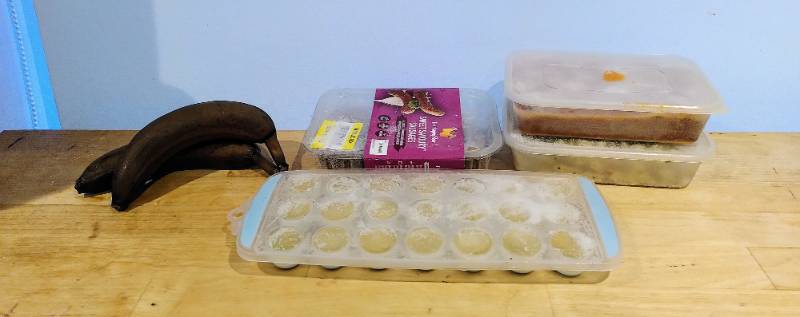
- Check what you have in the fridge before you shop to avoid over-buying, and shop from a list so that you only buy what you need
- Plan meals so that you use up stuff in your fridge
- Make a note of food that you often waste and ask yourself why – adapt your buying to reduce how much you waste
- Look for recipes that use all of what you have - I like googling “recipe (list of stuff I need to use)” and seeing what comes up as inspiration
- Challenge yourself to use one thing from the fridge or freezer in each meal to make sure that you use things up – this is great on low-budget weeks!
- Consider your portion sizes – only cook what you know you will eat. Start measuring things like rice to make sure that you cook exactly enough for the meal and any planned leftovers and no more. Google can tell you the dry weight for a “portion” of whatever you are cooking. Serve everyone smaller first portions to avoid waste – they can always get seconds!
- If you can’t eat something in time – freeze it or share with friends and neighbours (e.g. a huge pumpkin, make 3 things with it, freeze some portions of the cooked meals, freeze some cubed pumpkin to use in the future, and then ask friends and family if they want a quarter of a pumpkin)
- Plan your leftovers and make sure to eat them up! If you can’t – consider freezing them so you have meals ready to go in the future
- Buy seasonal, fresh foods – these have usually spent the least amount of time in storage or being shipped to you so they will last well. They also have a lower transport footprint!
Store things properly to extend shelf-life
The longer things keep the more time you have to use them up! Proper storage can make things taste for months that might have only lasted a few days – it is genuinely amazing!
There are three main things to consider with storage: temperature, airflow and gas, and moisture. Different foods need different conditions to last for the maximum amount of time. Learning how to best store each thing will make a huge difference. there are loads of resources online, so if in doubt – google it!

Here are some tips that I know, there are loads more!
- Keep bananas away from other fruit, or wrap the stalks – they release gas that ripes fruit faster
- Apples and pears also release gas that ripens other fruit faster – keep them separate unless you want your other fruit to get ripe fast – refrigerate in a plastic bag or keep in a separate bowl in a cool place. Apples can last months in a cool cellar! Pears are tastiest at room temperature.
- Keep potatoes and sweet potatoes in a dry dark place to stop sprouting – away from onions and garlic. Sweet potatoes are still safe to eat after they have started sprouting.
- Keep garlic and onions in a dark dry place – not the fridge! You can eat onions and garlic after they have started sprouting – the greens are tasty!
- Store tomatoes in the fruit bowl to keep them tasty for longer
- Store mushrooms in paper bags or containers lined with a dish towel in the fridge
- Cabbage lasts ages in the fridge, uncovered. It will last even longer if you only peel off the outer leaves rather than chopping it – once chopped keep it in a sealed container. Chop off any discoloured edges and keep using – the cabbage is indestructible.
- Keep broccoli crisp in a jar of water like cut flowers, or in a sealed container.
- Squashes, like butternut and pumpkin keep best at room temperature or in a cool dry place like a cupboard or low down shelf. They also freeze well – just peel and chop first.
- Store celery, scallions and leeks in 1cm of water like cut flowers and they will keep growing and stay fresh – change the water every few days
- Store citrus underwater to make it last up to 3 months! Refresh the water every couple of weeks. You can also freeze them (great for gin and tonics, and fresh lime juice all year round!) and defrost on the counter or in the microwave. Otherwise, the veggie drawer in your fridge is good for a few weeks too.
- Store carrots and parsnips in water to keep them crisp
- Freeze bananas whole to use in smoothies or babana bread later
- If you buy carrots, beets, or turnips with their greens still attached, remove those tops down to the root before storing, since they pull moisture out of the vegetable. Beet and turnip greens are delicious in soups or stir-fries!
- Keep soft herbs like coriander fresh in the fridge by putting them in a sealed container lined with a dry napkin or dishtowel – the towel avoids moisture build-up and things going slimy – this also works for baby spinach and soft salad leaves!
It’s not just fruit and veggies that last better in certain storage situations – almost every single fresh food does!
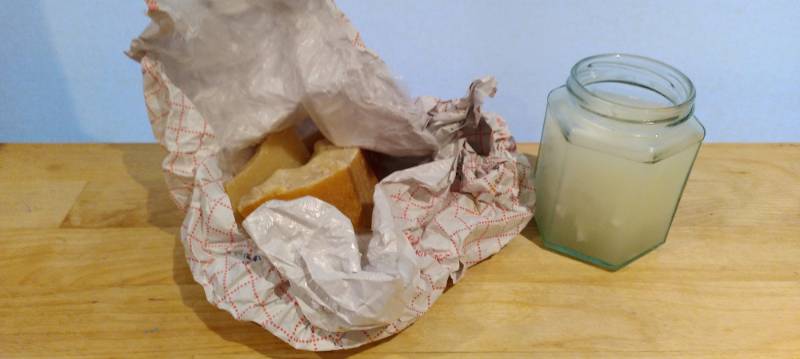
- Store fresh bread in a paper or cloth bag on the counter, it gets stale faster in the fridge. Once it starts going stale freeze it to avoid mould
- Put sliced bread in the freezer – take out and defrost on the counter for fresh bread or in the toaster for quick fresh toast
- Cheese likes to breath – cheese cloth, brown paper, waxed paper, or beeswax wraps work well. Hard cheese should last up to 3 weeks if properly wrapped. Shave off mould – it’s still good.
- Mozarella and tofu like to be submerged – keep them in salted water in the fridge (like in the image above!)
- Keep eggs in a cool, dry place. Use the float-test to check if eggs are still good – if it sinks in water it is safe, if it floats it is not good to eat
- Keep crunchy things like crackers and crisps in an airtight container to stop them going stale.
- You can freeze almost anything – including hummus, sauces, wine for cooking (pop it in an ice-cube tray so you have small portions), uncooked pastry or dough, fruits (great for smoothies), curry paste, cheese, cream, yogurt, eggs, butter, and milk!
Eat the Whole Thing!
Most of us have an idea of which parts of plants can be eaten and which bits should be thrown away – but the reality is that you can eat the whole of almost every vegetable in the supermarket!

- Leave the peels on potatoes, carrots, beetroot, etc – a huge amount of the nutrients are in the skin and there is no need to waste them! Just scrub well to remove dirt.
- If you must peel them – potato and carrot skins make yummy “crisps” when baked with a bit of oil and salt.
- Broccoli stems are very tasty. Eat the whole stem and the leaves! They work really well in soups and stir-frys. Peel off the woody skin on the stem if it bothers you.
- Cauliflower leaves and stems are great roasted.
- Celery leaves can be treated like a herb, they are mild and great in salads or scrambled eggs.
- Cabbage hearts can be chopped into crudites, or added to salads, roasts, pickles, soups and stews.
- Chop soft herb stalks into recipes – they are packed with flavour. Hard stalks like rosemary can be added to soups and picked out at the end like bay leaves.
- Add parmeseam rinds to soups to add flavour, putt them out before you serve.
- Eat the green and the white parts of leeks and scallions – it is all delicious!
- brush dirt off mushrooms – you dont need to wash or peel them
- Eat beetroot, carrot, cauliflower, broccoli leaves – they are all yum – google recipes
- Slice apples and pears from the top down and you won’t even notice eating the whole core – just pick out the seeds and the stalk
- Watermellon skin is delicious pickled
- Make juice or smoothies out of wonky and weird fruit bits – this is a great option for half- eaten apples the kids leave
- Use citrus peels for cleaning! There are dozens of ways to use these, cleaning wooden chiopping boards and microwaves for example – have a google.
- Spinach, chard, and kale stalks are great in soups or stirfrys, or you can freeze them for smoothies
- If your kids don’t like fruit skins, save them in the freezer to add to smoothies
- Add lemon skins, mint stalks, cucumber skin, strawberry tops to water for flavoured water
- Meat scraps, bones, skin, etc makes great stock – store it all in a container in the freezer until you have enough
- Make veggie stock out of any scraps – onion skins, leek ends, pepper stalks – it all adds flavour! Keep scraps in the freezer until you have enough
Tips to bring “stale” food back to life
Some things can still be rescued after they have started going off, so always check before you throw things into the compost.
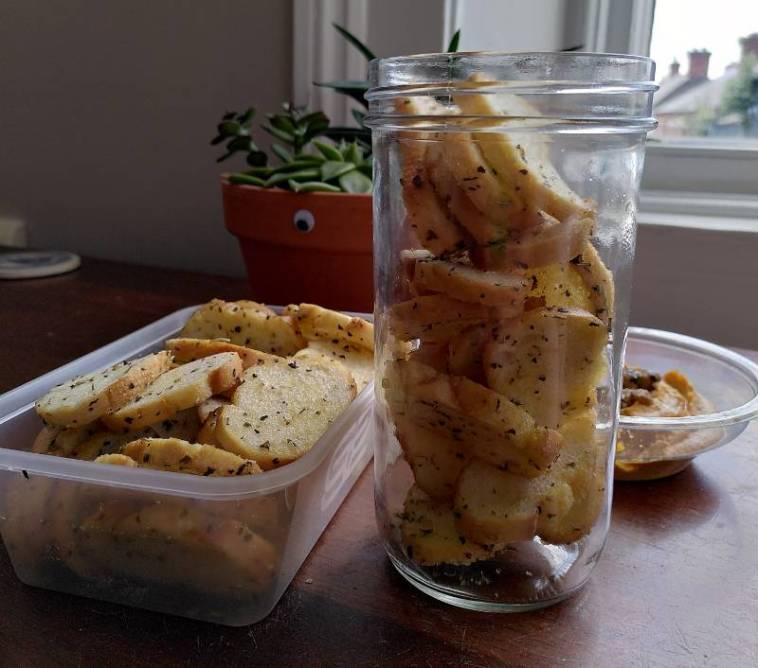
- Put a bit of water on rock hard bread then put it in the oven – it will soften right up!
- Submerge floppy carrots and celery in water to crisp them up
- Submerge wilted lettuce in ice cold water to re-crisp
- Put stale crisps, crackers, and even popcorn in the oven on low to re-crisp them
- Thinly slice stale baguettes and bake to make crackers
- Use stale bread in salad as crutons
- If in doubt – google it! “How to save stale ___” will probably have an answer for you!
Thanks so much for reading! I hope some of these tips help you to save a bit of money and reduce your carbon footprint with less food waste.
I would love to hear about any tips and hacks for reducing food waste! Send me a message on Instagram or leave a comment here!
Until next time – see you somewhere!
xo cait

